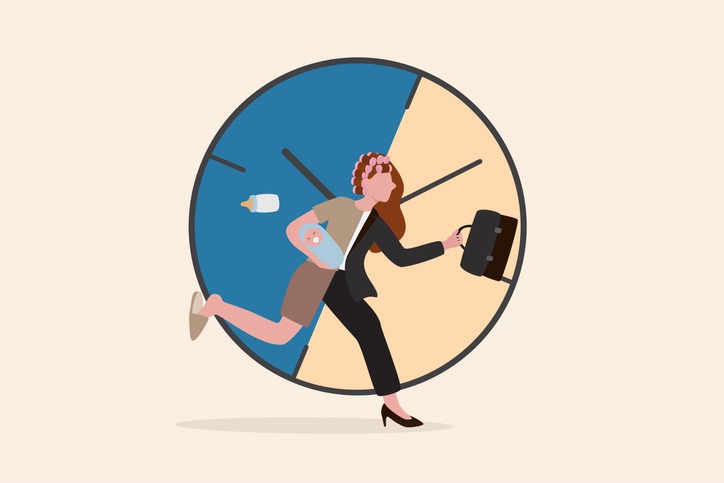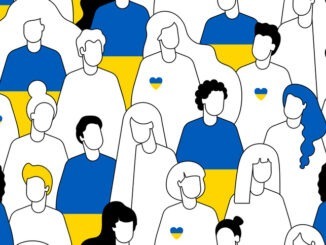
As the boundaries between work and life become more and more blurred, finding ways to balance people with profit has never been so important, as Remy Daroowala explores
CREDIT: This is an edited version of an article that originally appeared on Calmer
Inside and outside of the office, over the years we’ve been presented with ways to be more connected than ever; though this can come at a cost to our health, happiness and productivity.
In large, technological advances around work have encouraged unsustainable working practices, leaving many professionals vulnerable to stress and burnout as the boundaries between work and life dissolves.
However, what if technology like mental health apps for employees could be used to improve sustainability and wellbeing in the workplace?
The benefits of sustainable and healthy workplaces
An abundance of research has shown that mental wellbeing is linked to physical health and productivity. Companies that prioritise mental wellbeing have better engagement from employees, which results in higher productivity, and reduced staff turnover rates.
According to data from the 2017 National Survey of Employer-sponsored health plans, workplaces that utilised more wellbeing practices experienced an 11% lower rate of staff turnover.
How mental health apps for employees can improve workplace sustainability and wellbeing
Mental health apps for employees have emerged as a novel solution to improving workplace well-being. In fact, large-scale research has shown that these apps in the workplace can improve indicators of stress, wellbeing and resilience after just four weeks of use and had sustained results at six weeks.
They include features such as:
Stress and anxiety management
This includes tools and exercises such as guided meditations, breathing exercises, and cognitive-behavioural therapy techniques. This can include AI chat tools that use evidence-based techniques such as CBT, DBT and motivational interviewing to build mental resilience.
Sleep improvement
Sleep underpins multiple aspects of good health. Sleep tracking tools and relaxation exercises can aid good quality sleep, which in turn is associated with reduced stress and enhanced overall wellbeing.
Employee engagement
An important aspect of sustainable workplaces is social connection and community building. Mental health apps can provide employees with opportunities to connect and take part in shared activities such as wellness challenges and social events.
Goal setting
Mental health apps can help employees set mental health goals such as reducing stress. The ability to visually track their progress can give users a sense of accomplishment and further motivation.



Be the first to comment